
Outdoor Can Lights: A Complete Guide
Share
Table of Contents
- What Are Outdoor Can Lights?
- Benefits of Using Outdoor Can Lights
- How to Choose the Right Outdoor Can Lights
- Installation Tips for Outdoor Can Lights
- What Is the Difference Between a Can Light and a Recessed Light?
Introduction

Outdoor lighting can elevate the look of your home, enhance security, and improve the functionality of your outdoor spaces. When it comes to a sleek and modern lighting solution, outdoor can lights are a popular choice. In this guide, we’ll explore everything you need to know about outdoor can lights, from their benefits to how to choose and install them. We'll also clarify the difference between can lights and recessed lights, so you can make an informed decision for your home.
1. What Are Outdoor Can Lights?
Outdoor can lights, also known as downlights or canister lights, are fixtures that are installed into the ceiling or eaves of your outdoor areas. They are typically round and feature a cylindrical housing that resembles a can (hence the name), which houses the light bulb or LED module. These lights are designed to be recessed, meaning they sit flush with the ceiling, offering a clean, minimalist look.
Key Features of Outdoor Can Lights
- Recessed Design: The light source is hidden within the fixture, providing a sleek, unobtrusive appearance.
- Weather-Resistant: Many outdoor can lights are specifically designed to be weatherproof, with sealed enclosures to prevent moisture or dirt from entering.
- Energy-Efficient: LED can lights are becoming increasingly popular, offering long-lasting performance and lower energy usage compared to traditional incandescent bulbs.
Outdoor can lights are typically used for illuminating large outdoor spaces like patios, porches, pathways, and even gardens. Their versatile design allows them to blend seamlessly into any outdoor aesthetic.
2. Benefits of Using Outdoor Can Lights
Outdoor can lights offer a variety of benefits, making them a top choice for many homeowners. Let’s break down the main advantages:
1. Sleek, Modern Aesthetic
The recessed design of outdoor can lights allows them to blend into the ceiling or walls, making them less noticeable than other types of lights. This results in a clean, modern look that enhances the visual appeal of your space without overwhelming it.
2. Energy Efficiency
LED versions of outdoor can lights are highly energy-efficient. They use significantly less power compared to traditional lighting options, helping to reduce electricity costs. For example, a typical LED outdoor can light uses only about 10 watts to produce the same amount of light as a 60-watt incandescent bulb.
3. Durability
Outdoor can lights are made with durable materials, and many feature weatherproof designs that protect against rain, dust, and extreme temperatures. With a high IP (Ingress Protection) rating, these lights can withstand the elements, making them a reliable option for year-round outdoor lighting.
4. Versatility
Outdoor can lights can be used in various settings, including under eaves, overhangs, ceilings, and even in ground-mounted fixtures. This makes them versatile enough for a wide range of outdoor applications, from lighting up your garden to illuminating your driveway or patio.
3. How to Choose the Right Outdoor Can Lights
Selecting the right outdoor can lights requires considering factors like brightness, size, style, and placement. Here are some important aspects to consider:
1. Brightness and Lumens
The brightness of outdoor can lights is measured in lumens. The more lumens, the brighter the light. Here’s a simple guide to determine the appropriate lumen output for different outdoor spaces:
| Outdoor Space | Recommended Lumens |
|---|---|
| Pathways and Walkways | 300-500 lumens per light |
| Security Lighting | 1,000-2,000 lumens per light |
| Patio or Porch Lighting | 700-1,000 lumens per light |
| Large Outdoor Areas | 2,000+ lumens per light |
For a more ambient or decorative look, you might opt for lower lumens. For functional spaces like driveways or gardens, higher lumens will ensure adequate visibility.
2. Size and Design
The size of the can light should be proportional to the area you’re lighting. For larger spaces like patios or open gardens, you may need fixtures with a wider beam angle and larger can size to distribute light effectively. Smaller fixtures are better suited for more focused lighting, like stairways or accent areas.
3. Wet or Damp Location Rating
Outdoor can lights are available with different IP (Ingress Protection) ratings, indicating their ability to withstand water and moisture. Ensure that you select lights rated for wet or damp locations if your lights will be exposed to the elements. Look for a rating of IP65 or higher for full protection against water.
4. Installation Tips for Outdoor Can Lights
Installing outdoor can lights can be straightforward if you follow the right steps. Here are some helpful tips:
1. Choose the Right Location
Before installing your can lights, plan where you want them placed. Common spots include under eaves, on the perimeter of your patio, or even embedded in walkways. Ensure the light covers the area you want to illuminate and doesn’t create overly harsh shadows.
2. Install the Housing First
Outdoor can lights typically come with a housing that must be installed first. Make sure to properly secure the housing into the ceiling or wall, and check that the fixture is level. For recessed lights, the housing needs to be flush with the surface.
3. Wiring and Electrical Connections
When installing outdoor can lights, proper wiring is crucial. Ensure that the lights are connected to the appropriate outdoor-rated electrical circuit. If you're not familiar with electrical work, it’s always best to consult a professional to avoid any issues with safety.
4. Consider Using LED Bulbs
For energy efficiency and longer lifespan, always choose LED bulbs for your outdoor can lights. LED bulbs are more durable, don’t burn out as quickly, and can provide the same amount of light with lower energy consumption.
5. What Is the Difference Between a Can Light and a Recessed Light?
While can lights and recessed lights are often used interchangeably, they are slightly different in terms of design and application:
1. Can Lights
As mentioned, can lights have a cylindrical, can-like housing and are typically installed in ceilings, walls, or eaves. They are primarily used for a clean, minimalist aesthetic and can be found in both outdoor and indoor applications. Outdoor can lights are built to withstand the elements and are often weather-resistant.
2. Recessed Lights
Recessed lights, on the other hand, can be either round or square and feature a housing that is recessed into the ceiling or wall. While they’re used both indoors and outdoors, recessed lights are generally not as durable for outdoor use as can lights, unless specified for outdoor environments. They are more commonly used for downlighting in indoor spaces.
Key Differences:
- Design: Can lights are typically round with a deeper housing; recessed lights may have various shapes and are often more shallow.
- Application: Can lights are more weatherproof and designed for outdoor use; recessed lights are mostly used indoors.
Conclusion
Outdoor can lights are an excellent lighting choice for homeowners looking for sleek, modern lighting solutions that can withstand outdoor conditions. By choosing the right brightness, design, and ensuring proper installation, you can elevate the functionality and aesthetic of your outdoor spaces. Understanding the difference between can lights and recessed lights will also help you make the best decision for your home.
Related Articles:


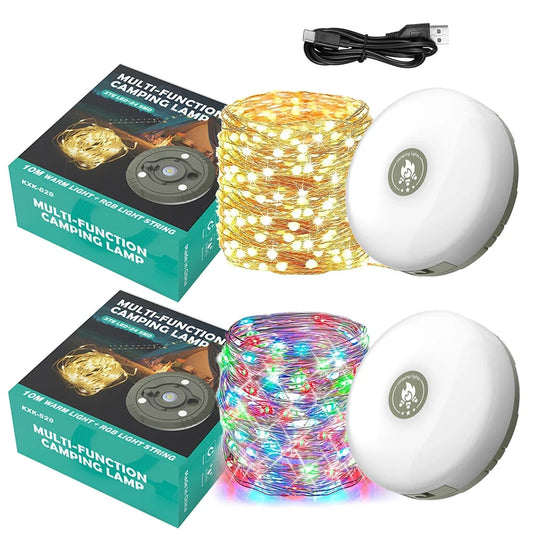

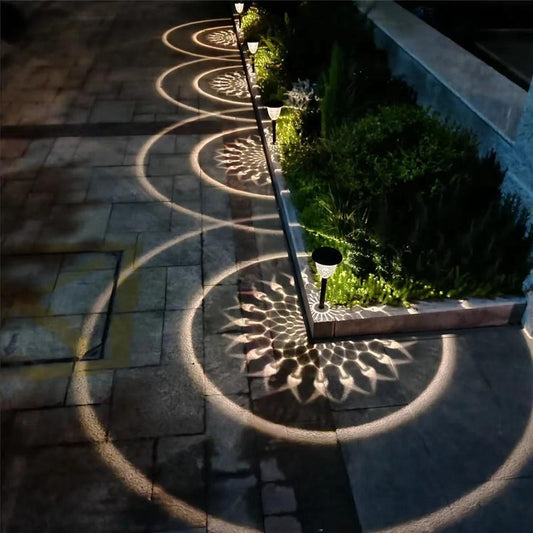

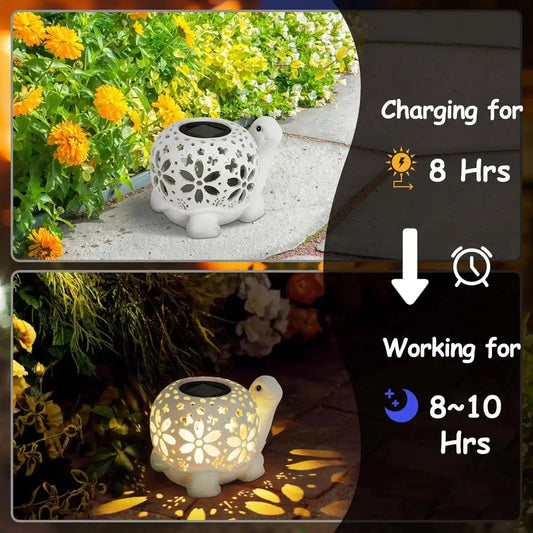

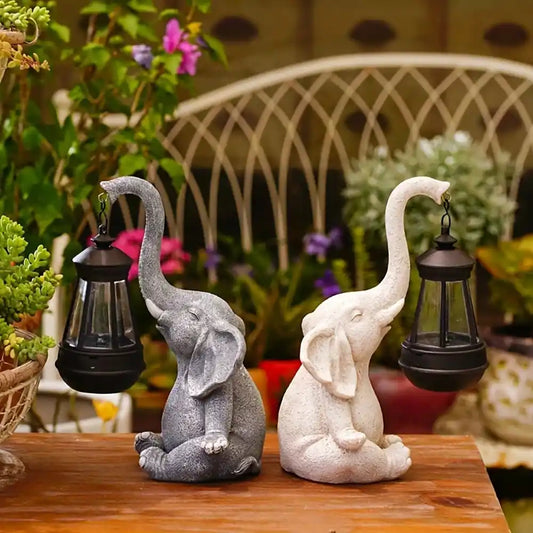

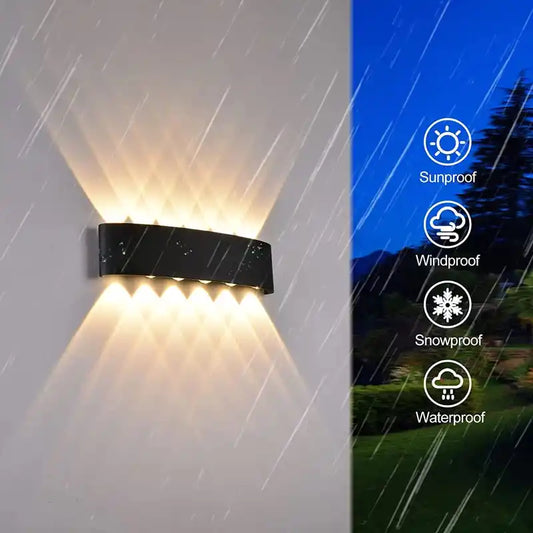

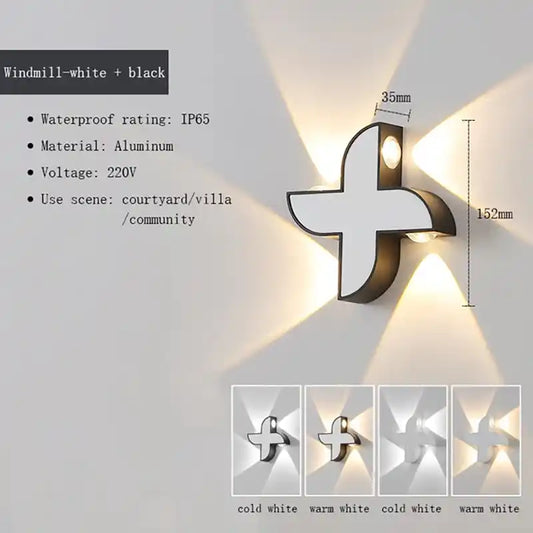

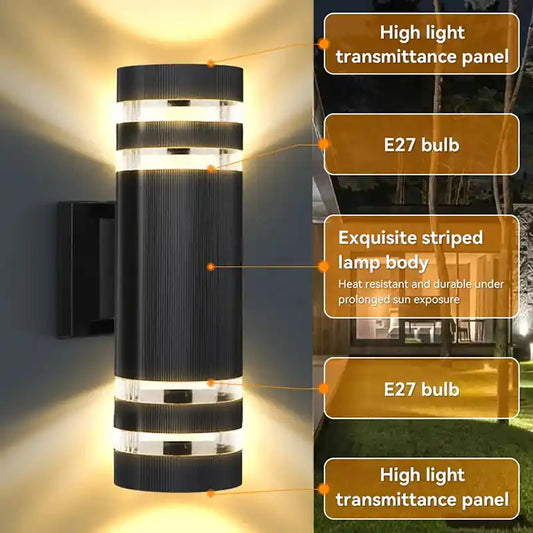

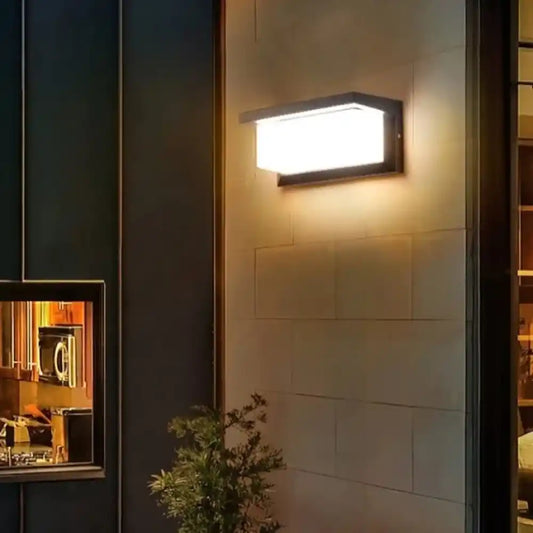



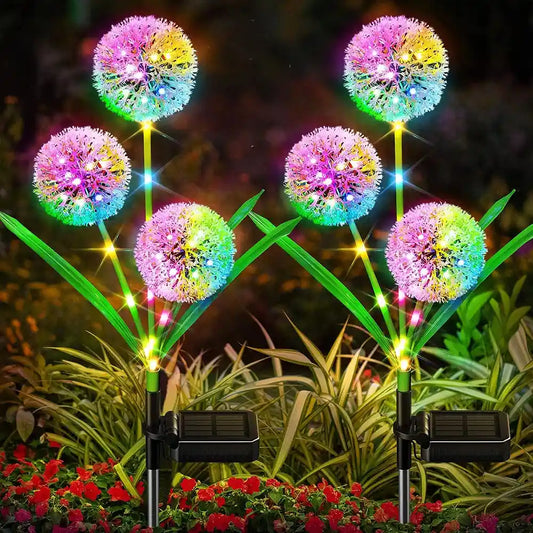



 />
/>
 />
/>
 />
/>
 />
/>
 />
/>
 />
/>